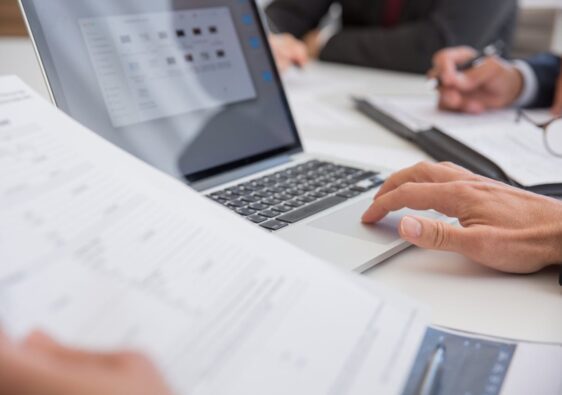Forex trading is turning into an increasingly popular way to earn money but may seem intimidating for the ones just getting started. Visit Forex Brokers
Among the most common queries that amateurs in the Forex market have is what is the starting capital they need to start trading. Now, that’s not a simple answer. The funds required to trade Forex need to be determined after taking into account several factors such as your experience level, your risk tolerance, and your account type.
But, there are some general guidelines which will be useful in establishing how much money you’d require to begin trading Forex.
Trading for beginners
Trading Forex may seem daunting for beginners, but using the appropriate approach could make it a profitable activity. One of the important factors to bear in mind is that trading Forex is predominantly about risk management. It implies being aware of what you could end up losing per trade if you stay true to that amount. It’s also necessary to set realistic expectations when you begin to trade forex. If you think you’d be able to earn large profits right away, you may end up being disappointed. For beginners, Forex market brokers are also important. They provide access to the market, allowing individuals to buy and sell currencies. Best Forex brokers offer a variety of trading platforms and tools that make it easier for beginners to execute trades and manage their investments. Additionally, brokers offer educational resources and customer support to assist beginners in understanding the market and making informed trading decisions.
Minimum amount to start forex trading
In case you have to begin trading right away, start with $100 but if you’d want some more flexibility, you might need at least $500. It would provide you with sufficient purchasing power to trade a standard lot, which equals 100,000 units of currency. If it fits your budget and you can trade a larger position, you could also trade a mini lot (10,000 units) or even a micro lot (1,000 units). But, one needs to bear in mind that the Forex market is highly leveraged, which implies that just a small movement in the markets could deeply affect your account balance. As such, it is crucial to make use of risk management tools like stop-loss orders to keep your account safe from excessive losses. Implementing various strategies – such as stop-orders and awareness of risks associated with each trade – can go a long way towards minimizing potential losses in Forex. However, there are also many tools available to traders that can help out further; modern programs such as Telegram Forex Copier or Fortrade provide fast signal copying services which cut down on work time and can reduce the likelihood of heavy losses. With the right risk management techniques and equipment, all traders have the potential to succeed, regardless of experience or background. If you put proper risk management strategies in place, you will be able to trade Forex with a relatively small amount of capital.
Trading risks
Leveraged trading as well as marginal trading happens when you opt for different forms of debt to fund your trades. Both of these activities boost the amount of risk you take on, and they also increase the chances of owing a greater amount than where you began with.
Trade risk refers to the amount of capital you could lose. It is established by figuring out the difference between your entry price and the price at which your stop-loss order would kick in, multiplied by the position size and the pip value
Risk management
Though it is possible to fund your trades and be successful, the risks are so high that the ideal way to mitigate risks is to not opt for leverage-based trading. Know more regulated cfd brokers
The 1% rule is a great option to bring down trade risk. If your account includes $1,000, you should not trade more than $10. If your account has $10,000, avoid risking more than $100 per trade.



